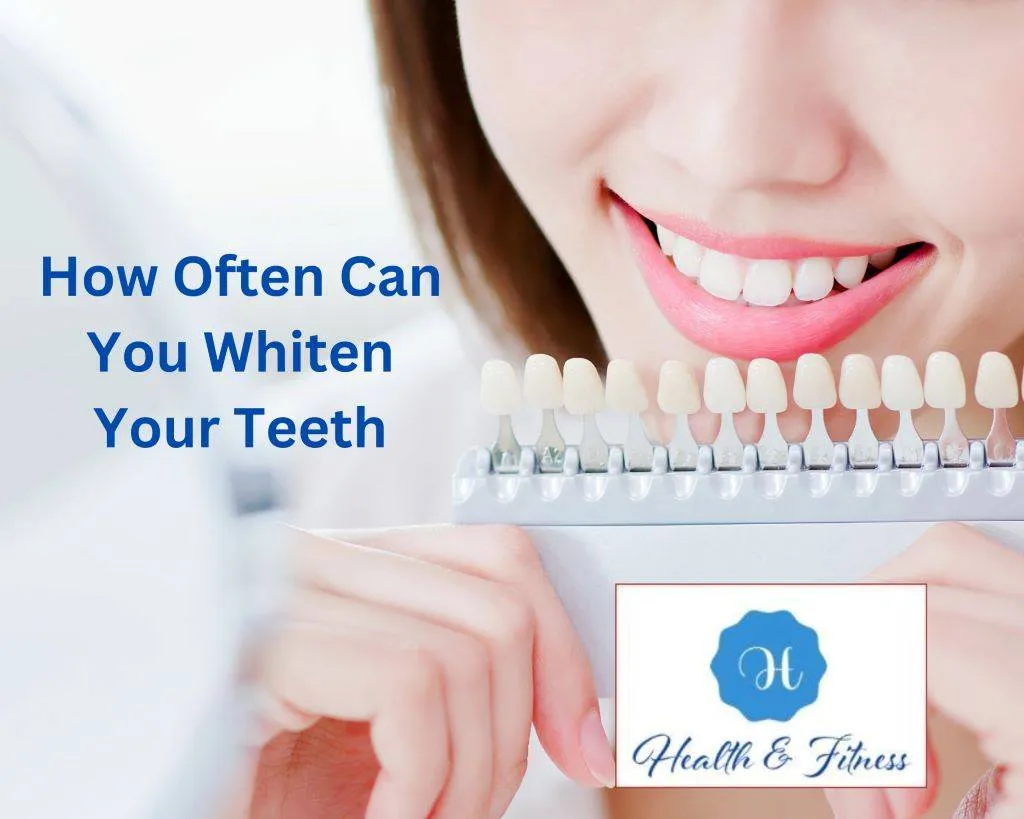Understanding Black Diamond Teeth Whitening
Achieving a brighter smile is a common goal, and Black Diamond teeth whitening has become a popular option for those seeking a quick and effective solution. But, how often can you use Black Diamond teeth whitening? This comprehensive guide delves into the intricacies of this teeth whitening method, providing insights into its mechanism, recommended frequency, potential risks, and essential safety tips. It also explores alternative approaches, ensuring you make informed decisions for optimal oral health. Black Diamond teeth whitening offers a promising pathway to a radiant smile, so let’s explore the essentials to ensure your experience is both safe and successful.
What is Black Diamond Teeth Whitening?
Black Diamond teeth whitening is a cosmetic procedure designed to lighten the color of your teeth. This method typically involves applying a bleaching agent, often hydrogen peroxide or carbamide peroxide, to the teeth. The whitening agent breaks down into components that penetrate the enamel and dentin, effectively removing stains and discoloration caused by factors like aging, diet, and lifestyle choices. The treatment can be administered in-office by a dental professional or through take-home kits provided by your dentist or over-the-counter products. The primary objective is to enhance the aesthetic appearance of your smile by making your teeth appear several shades brighter.
The Science Behind Black Diamond Whitening
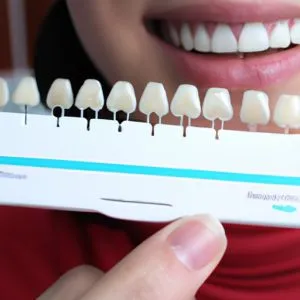
The effectiveness of Black Diamond teeth whitening stems from the chemical reactions induced by its active ingredients. Hydrogen peroxide and carbamide peroxide work by oxidizing the organic stains within the enamel and dentin. This oxidation process breaks down the stain molecules, causing them to become less concentrated and, consequently, less visible. The concentration of the bleaching agent and the duration of its application are crucial in determining the degree of whitening achieved. Moreover, the process does not damage the underlying structure of the tooth; it solely addresses the discoloration present in the enamel. Understanding this mechanism is vital to appreciating the procedure’s safety and efficacy, especially when considering the frequency of application.
Frequency Guidelines for Black Diamond Whitening
Determining the ideal frequency of Black Diamond teeth whitening is essential to achieve the desired results while minimizing potential risks. The recommended frequency is highly variable and depends on individual factors, including the specific product used, the degree of staining, and the individual’s oral health status. Over-the-counter products often suggest more frequent usage, while professional treatments are typically less frequent. Following these guidelines ensures the safety and effectiveness of the whitening process, safeguarding your dental health. It’s crucial to balance your cosmetic goals with your oral health for a healthy and radiant smile.
Recommended Frequency
The recommended frequency of Black Diamond teeth whitening varies widely based on the method employed. For in-office treatments performed by a dentist, a single session may suffice to achieve the desired level of whitening. However, touch-up sessions might be recommended every six months to a year to maintain the results. Take-home kits, as prescribed by your dentist, generally involve daily application for a specified period, often one to two weeks. Over-the-counter products, such as whitening strips or toothpastes, typically suggest usage ranging from once a day to several times a week, depending on the product’s concentration and formulation. Always adhere to the instructions on the product packaging or the guidance provided by your dental professional.
Factors Influencing Frequency

Several factors can influence how often you should undergo Black Diamond teeth whitening treatments. These include the sensitivity of your teeth, your dietary habits, and your oral hygiene practices. A thorough consideration of these factors helps to personalize your whitening regimen for safety and efficacy. Being aware of how these elements interact with the whitening process allows you to make informed decisions and maintain a healthy and radiant smile.
Teeth Sensitivity
Teeth sensitivity is a common side effect of teeth whitening treatments, and it can significantly impact the frequency of use. Individuals with sensitive teeth may experience increased discomfort during and after the whitening process. If you have sensitive teeth, you should consult with your dentist to determine the appropriate whitening method and frequency. They may recommend using a lower concentration of the bleaching agent or suggesting desensitizing toothpaste to mitigate any potential sensitivity. Monitoring your teeth’s response to the treatment is crucial to avoid exacerbating the sensitivity and ensuring a comfortable experience.
Staining Habits
Dietary and lifestyle habits significantly impact how frequently you may need to undergo Black Diamond teeth whitening. Consuming staining foods and beverages like coffee, tea, red wine, and berries can accelerate the discoloration of your teeth. Similarly, smoking or using tobacco products can also contribute to staining. If you frequently consume staining substances, you may need to undergo whitening treatments more often to maintain your desired level of brightness. Balancing your diet and lifestyle choices with your whitening schedule can help you optimize your results.
Oral Hygiene
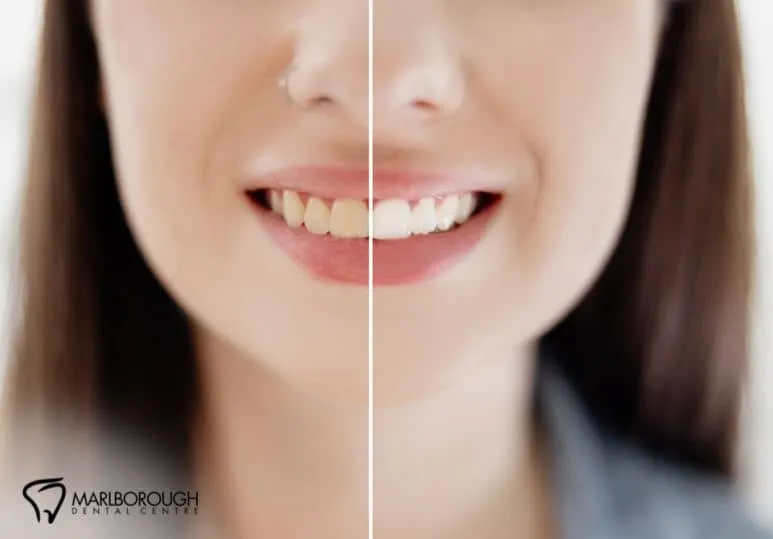
Maintaining excellent oral hygiene is crucial to prolonging the effects of Black Diamond teeth whitening and determining how often it is needed. Regular brushing, flossing, and the use of mouthwash can help remove surface stains and prevent the buildup of plaque and tartar. A professional dental cleaning every six months is also recommended to eliminate any stubborn stains and ensure your teeth remain clean and healthy. The better your oral hygiene practices, the less frequently you may need to undergo whitening treatments, thereby preserving your teeth’s health and enhancing the longevity of your bright smile.
Potential Risks and Side Effects
While Black Diamond teeth whitening is generally considered safe when used as directed, it is essential to be aware of potential risks and side effects. These adverse effects can vary from mild to more severe, and understanding them helps you make informed decisions and take necessary precautions. Always consult with a dental professional to assess your individual risk factors and ensure the procedure is appropriate for you.
Sensitivity and Discomfort
Teeth sensitivity is the most common side effect associated with Black Diamond teeth whitening. This sensitivity can manifest as a sharp, temporary pain or discomfort when consuming hot, cold, or sweet foods and beverages. The intensity of the sensitivity varies depending on the individual and the concentration of the bleaching agent used. Typically, this sensitivity resolves within a few days after the treatment. If you experience significant discomfort, consult your dentist, who may recommend desensitizing toothpaste or other measures to alleviate the symptoms.
Gum Irritation
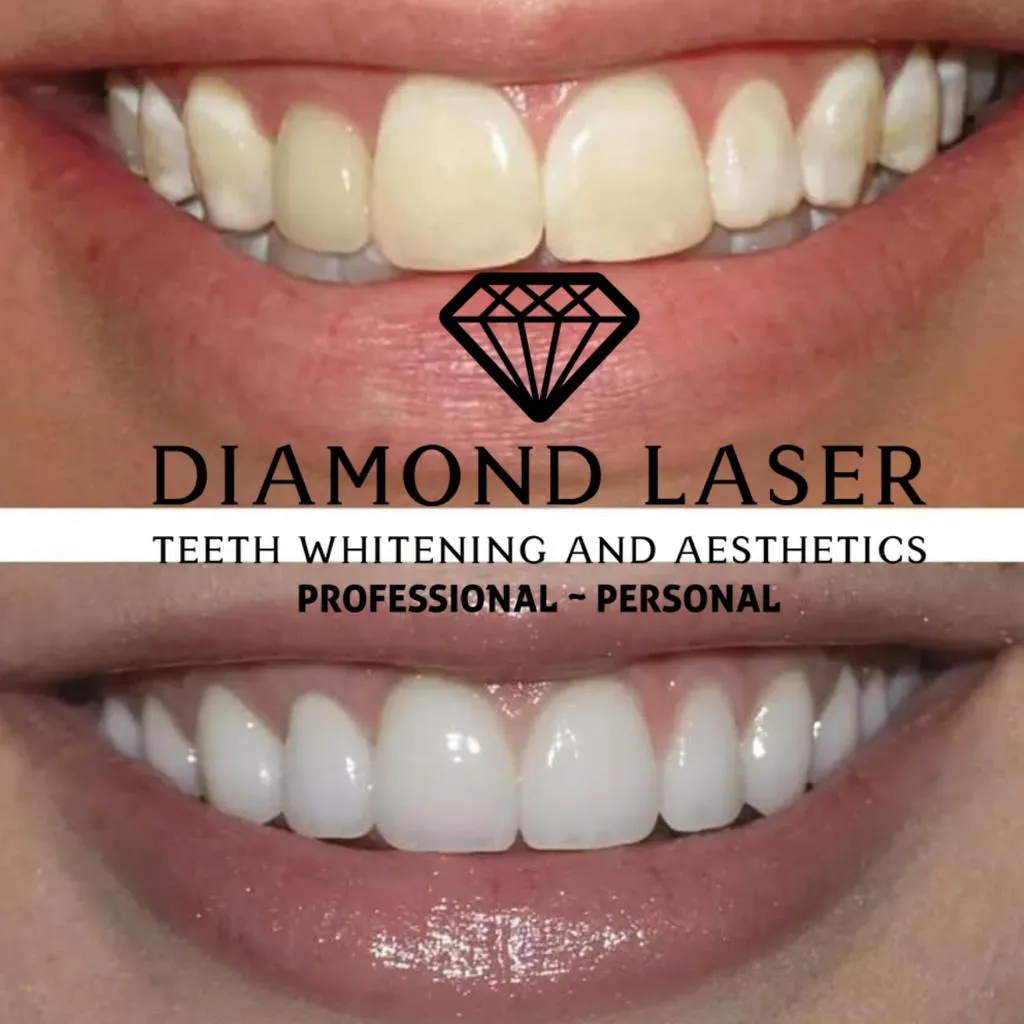
Gum irritation is another potential side effect, particularly if the whitening agent comes into contact with the gums for extended periods. This can cause redness, swelling, and soreness. Gum irritation is more likely with at-home whitening kits if the trays do not fit properly or if too much whitening gel is used. Ensuring the trays fit snugly and wiping away any excess gel can minimize this risk. If gum irritation occurs, discontinue use and consult your dentist, who can assess the situation and recommend appropriate treatment, such as topical anti-inflammatory agents.
Enamel Damage
Although rare, excessive or improper use of Black Diamond teeth whitening can potentially lead to enamel damage. This is more likely to occur with high-concentration products or when the treatment is performed too frequently. Enamel erosion can increase tooth sensitivity and the risk of decay. Always follow the instructions carefully and consult your dentist if you have concerns about the safety of the product. Your dentist can evaluate your teeth’s condition and advise you on a safe and effective whitening plan to protect your enamel.
Tips for Safe and Effective Whitening
To ensure the safety and effectiveness of Black Diamond teeth whitening, it is crucial to follow specific guidelines and take necessary precautions. Adhering to these practices helps minimize potential risks and maximizes the desired results. Prioritizing safety and following professional advice is vital to achieve a bright, healthy smile.
Consult Your Dentist
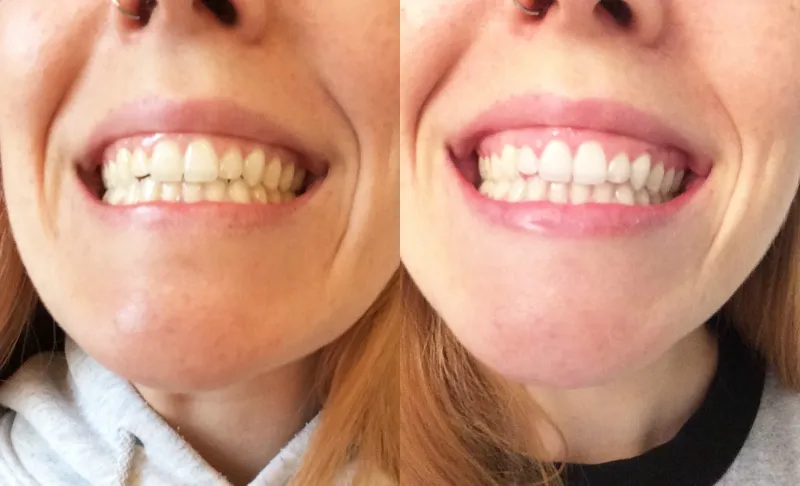
Before starting any teeth whitening treatment, it is essential to consult your dentist. Your dentist can assess your oral health, identify any existing issues, and determine if teeth whitening is appropriate for you. They can also recommend the most suitable whitening method based on your specific needs and goals. Professional guidance helps you to avoid potential complications and achieve the best possible results. A professional evaluation ensures your teeth and gums are healthy enough for the procedure.
Follow Product Instructions
Always adhere to the instructions provided with the Black Diamond teeth whitening product. This includes the recommended usage frequency, application duration, and any other specific guidelines. Overuse of the product or exceeding the recommended treatment time can increase the risk of side effects. Following these instructions ensures the effectiveness of the treatment while minimizing potential harm. Carefully reading and understanding the product instructions is critical to your safety and satisfaction.
Maintain Good Oral Hygiene
Maintaining excellent oral hygiene is paramount both before and after undergoing Black Diamond teeth whitening. This includes brushing your teeth twice a day with fluoride toothpaste, flossing daily, and using mouthwash. Regular dental check-ups and professional cleanings are also essential to remove plaque and tartar, which can impede the whitening process and contribute to discoloration. Good oral hygiene enhances the longevity of your whitening results and promotes overall oral health. Integrating a comprehensive oral hygiene routine into your daily habits is vital.
Alternative Whitening Methods
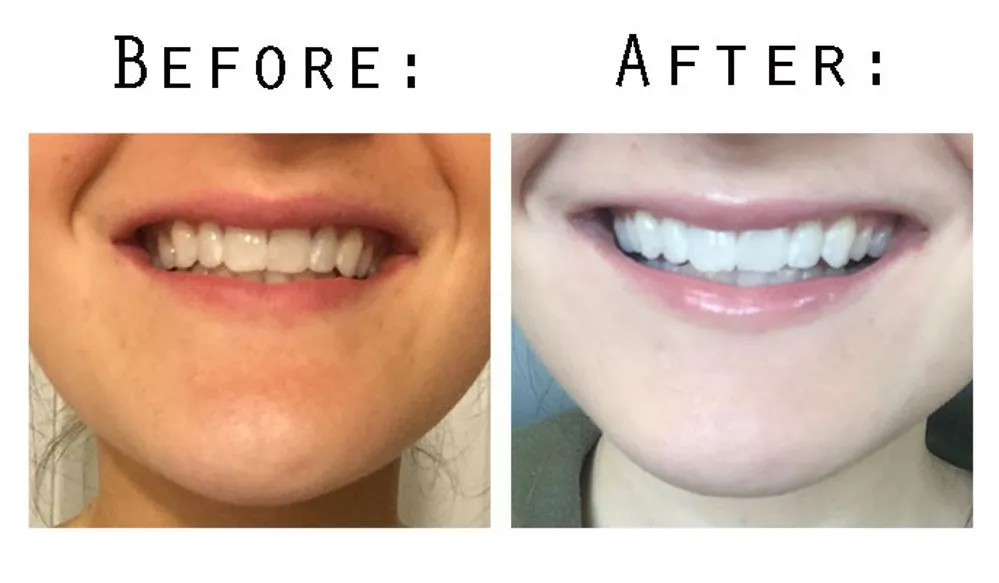
If Black Diamond teeth whitening is not suitable for you or if you seek alternative methods, several other options can help you achieve a brighter smile. These include professional whitening treatments, over-the-counter products, and natural remedies. The best choice depends on your individual preferences, oral health, and the degree of whitening desired.
Professional Whitening Treatments
Professional teeth whitening treatments performed by a dentist offer a highly effective and controlled method for lightening your teeth. These treatments often use higher concentrations of bleaching agents than those available over-the-counter, resulting in faster and more dramatic results. In-office whitening sessions typically involve a single visit, with the dentist applying the whitening agent and monitoring the process. Professional treatments provide the benefits of expert supervision, ensuring the safety and efficacy of the procedure. Your dentist can also tailor the treatment to your specific needs and address any sensitivity issues.
Over-the-Counter Whitening Products
Various over-the-counter whitening products are available, including whitening strips, toothpastes, and gels. These products are generally more affordable and convenient than professional treatments. Whitening strips are easy to use and adhere directly to your teeth, while whitening toothpastes and gels can be incorporated into your daily oral hygiene routine. The effectiveness of these products varies depending on the active ingredients, the concentration, and the frequency of use. While over-the-counter products can offer noticeable improvements, they may not deliver results as dramatic as professional whitening. Make sure to choose products with the American Dental Association (ADA) seal of approval.
Conclusion
Black Diamond teeth whitening can be a highly effective way to achieve a brighter smile. However, the frequency of its use depends on various factors, including the method of whitening, your individual oral health, and your lifestyle habits. Always consult with your dentist to determine the safest and most effective approach for you. By understanding the science behind the treatment, adhering to recommended guidelines, and being aware of potential risks, you can make informed decisions and enjoy a radiant, healthy smile for years to come. Prioritize your oral health and follow professional advice to ensure a safe and successful teeth whitening experience.
